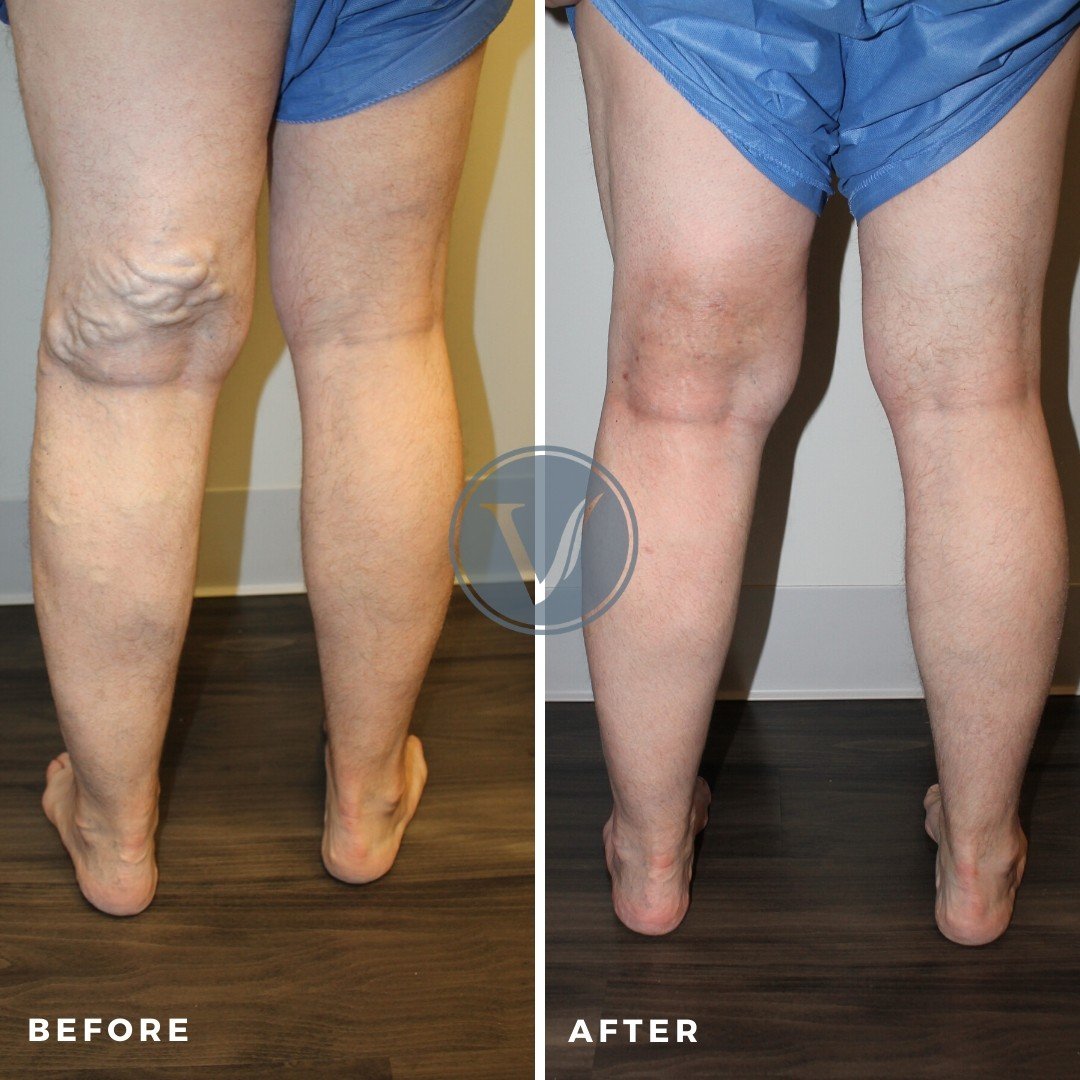In the world of health and wellness, the age-old dilemma of varicose veins has persisted as an unsettling concern for many. These unsightly, swollen veins that snake through the skin can be more than just a cosmetic worry; they may signal deeper circulatory issues. As more individuals seek preventative measures, the question arises: can leg massage play a pivotal role in curbing the onset of varicose veins? This article delves into the intriguing intersection of leg massage and vascular health, probing whether this age-old practice can truly serve as a bulwark against venous insufficiency.
To unravel this question, one must first understand the physiology of the veins. The human body possesses a complex network of veins that return deoxygenated blood back to the heart. The lower extremities, burdened with the gravitational pull, are particularly susceptible to venous disorders. When the valves in these veins become weakened or damaged, blood can pool, leading to the formation of varicose veins. It’s here that the notion of leg massage emerges as a potential countermeasure, inviting us to reconsider our perspective on circulation and wellness.
At its core, leg massage stimulates circulation. Using techniques that encompass gentle kneading, rhythmic compression, and soothing strokes, massage tackles stagnation. Blood flows more freely when pressure is applied to the skin, encouraging it to travel back towards the heart. But the benefits extend beyond mere circulation boost; they embrace a holistic approach to vascular health.
One of the most compelling aspects of leg massage is its ability to alleviate discomfort associated with existing venous problems. Many individuals suffering from varicose veins experience fatigue, cramping, and swelling in their legs. A skilled massage therapist can employ techniques specifically targeting these symptoms, providing relief and improving overall quality of life. This brings to light an interesting juxtaposition—rather than viewing leg massage solely as a preventative measure, it can also be an integral part of a comprehensive management plan for those already affected by varicosities.
Furthermore, let’s explore how habitual massage can facilitate a more profound physiological impact. The practice of regular leg massage goes beyond mere physical manipulation. It nurtures an intrinsic awareness of one’s body, fostering a proactive approach to health. This self-care ritual cultivates an understanding of the body’s signals, empowering individuals to recognize early signs of venous distress and act accordingly. By integrating massage into a daily routine, one acknowledges the importance of preventive healthcare, shifting the focus from treatment to wellness.
Interestingly, the benefits of leg massage are not limited to the physical realm. Stress and anxiety often exacerbate physical ailments, including circulatory issues. The tranquil and meditative nature of massage serves as a sanctuary, granting respite from the chaos of daily life. As individuals are enveloped in a state of relaxation, their parasympathetic nervous system engages. This system is responsible for digestion and rest, which paradoxically enhances blood flow and may mitigate the likelihood of developing varicose veins. Hence, leg massage becomes a dual agent—improving circulation while simultaneously promoting mental well-being.
In exploring the nuances of leg massage, one must also consider the importance of technique. Self-massage methods, like using foam rollers or massage tools, can be beneficial. Nevertheless, the expertise provided by professional massage therapists cannot be overstated. Specialized practitioners understand the intricacies of anatomy, allowing them to identify areas of tension and blockage. Their trained hands can apply the right amount of pressure, ensuring maximum efficacy while minimizing the risk of injury. Observing the client’s reactions can further tailor the session, amplifying the potential benefits.
But let us not ignore the scientific perspective. While anecdotal evidence and individual testimonies speak volumes about the efficacy of leg massage in preventing and managing varicose veins, clinical research is intricately woven into this narrative. Recent studies have revealed a correlation between regular massage therapy and improved venous return in the legs. This alignment of empirical evidence with traditional wisdom beckons further exploration, prompting researchers to examine how various massage modalities can influence venous circulation over extended periods.
Yet, it’s essential to approach this perspective with a critical mind. Some individuals may find that certain massage techniques, such as deep tissue or aggressive manipulation, can cause more harm than good. Those with pre-existing conditions, such as blood clots or severe varicose veins, should always consult with a healthcare professional before embarking on a massage regimen. Understanding one’s own body and its unique needs is paramount in this journey toward improved vascular health.
In conclusion, while leg massage may not single-handedly banish the specter of varicose veins, it stands as a pivotal ally in a multifaceted approach towards prevention and management. By understanding its role in enhancing circulation, alleviating discomfort, and promoting overall well-being, individuals can transform their perspective on this practice. Embracing leg massage as a significant contributor to vascular health cultivates a proactive mindset, opening the door to longevity and vitality. So, whether you are grappling with early signs of varicosities or simply seeking ways to bolster your vascular health, consider incorporating this time-honored practice into your self-care arsenal. You may find that, along with its various physical benefits, it offers a refreshing shift in the way you perceive wellness and self-empowerment.
